Introduction
In the world of photonics and laser technology, nonlinear optical crystals, such as ZGP (ZnGeP2) and others, play a crucial role. These crystals are the bedrock of frequency conversion processes, driving advancements in various sectors like telecommunication, medical diagnostics, and defense. Today, we will delve into a comprehensive comparison between ZGP crystals and other nonlinear crystals, highlighting the key differences, similarities, and their respective applications.
Understanding Nonlinear Crystals
Nonlinear crystals are unique materials that display non-proportional response to electric field strength. Their properties are harnessed in devices such as laser frequency converters, optical parametric oscillators (OPOs), and quantum information processing devices. ZGP crystals, KTP (Potassium Titanyl Phosphate), LBO (Lithium Triborate), BBO (Beta Barium Borate), and KDP (Potassium Dihydrogen Phosphate) are among the most used nonlinear crystals.
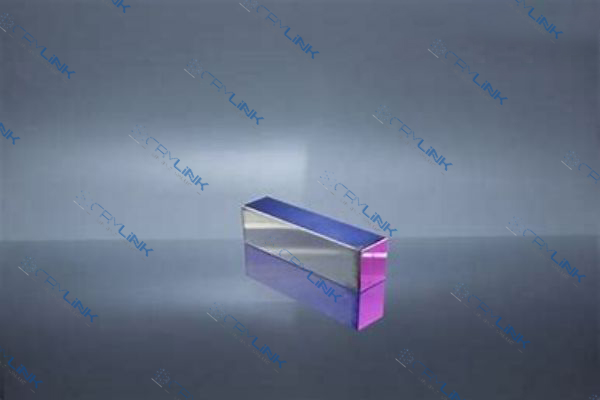
Deep Dive into ZGP Crystals
ZGP crystals are known for their broad transparency range and high nonlinear coefficient, making them a preferred choice for mid-infrared applications. These crystals are widely used in OPOs and difference frequency generators (DFGs) for the generation of mid-infrared radiation. Notably, the high thermal conductivity of ZGP crystals allows them to withstand high power levels, making them suitable for high-energy applications.
Understanding ZGP Crystals
ZGP crystals, or Zinc Germanium Phosphide crystals, represent a significant development in the field of nonlinear optics. A unique characteristic of these crystals is their broad transparency range, extending from 0.74 to 12 µm. This extensive transparency range makes ZGP crystals exceedingly effective in various mid-infrared applications.
The Nonlinear Coefficient of ZGP Crystals
One of the notable properties of ZGP crystals is their high nonlinear coefficient. This property is key to their performance in frequency conversion processes, allowing them to efficiently change the wavelength of light. This high nonlinear coefficient, combined with their impressive thermal conductivity, enables ZGP crystals to handle high power levels, making them an excellent choice for high-energy applications.
Thermal Conductivity of ZGP Crystals
ZGP crystals’ high thermal conductivity is another aspect that sets them apart. This property allows the crystals to dissipate heat effectively, reducing the risk of thermal damage and ensuring stable performance even under intense laser irradiation. This makes ZGP crystals particularly suitable for applications where high-power levels are required.
Applications of ZGP Crystals
The combination of a broad transparency range, high nonlinear coefficient, and excellent thermal conductivity makes ZGP crystals ideal for a variety of applications. They are commonly used in optical parametric oscillators (OPOs) and difference-frequency generators (DFGs) for the efficient generation of mid-infrared radiation. Additionally, their high laser damage threshold makes them a top choice for high-power mid-infrared applications.
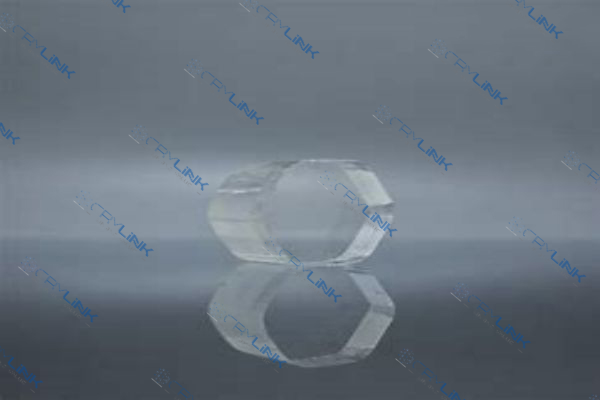
Exploring Other Nonlinear Crystals
Now that we’ve dissected ZGP crystals, let’s turn our attention to other nonlinear crystals and their distinct characteristics.
KTP Crystals
KTP crystals are known for their high nonlinear optical coefficient and wide transparency range. They are commonly used for frequency doubling of Nd:YAG lasers and other near-infrared lasers. However, they have a lower laser damage threshold compared to ZGP crystals.
LBO Crystals
LBO crystals are recognized for their broad transparency range and high damage threshold. They are often used for frequency tripling and quadrupling of Nd:YAG and other lasers. Despite these advantages, LBO crystals have a lower nonlinear coefficient compared to ZGP crystals.
BBO Crystals
BBO crystals are renowned for their wide phase matching range and high damage threshold. They are ideal for frequency doubling, tripling, and mixing applications. However, their transparency range is not as broad as that of ZGP crystals.
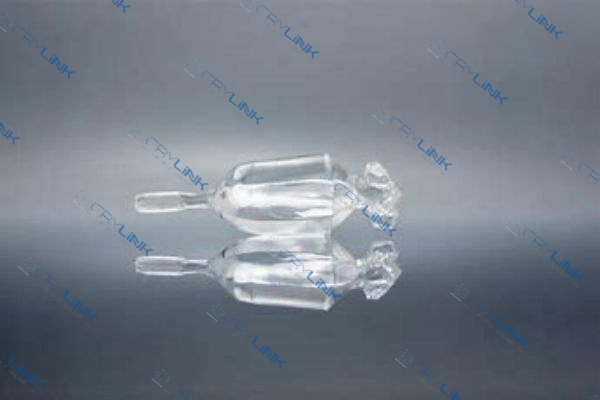
KDP Crystals
KDP crystals have a high electro-optic coefficient and a large Debye temperature, making them suitable for electro-optic modulation and Q-switching. Yet, their laser damage threshold and nonlinear optical coefficient are lower than those of ZGP crystals.
ZGP Crystals vs Other Nonlinear Crystals: The Key Differences
Transparency Range
One of the primary distinctions between ZGP crystals and other nonlinear crystals is their transparency range. ZGP crystals possess a broad transparency range extending from 0.74 to 12 µm. This range is more extensive than most other nonlinear crystals, enabling ZGP crystals to operate effectively in a wider variety of applications, particularly those requiring mid-infrared radiation.
Nonlinear Optical Coefficient
Another critical difference lies in the nonlinear optical coefficient. ZGP crystals have a higher nonlinear optical coefficient than many other nonlinear crystals. This property allows ZGP crystals to convert the frequency of light more efficiently, which is vital in applications such as frequency mixing, OPO, and DFG.
Laser Damage Threshold
The laser damage threshold is another key differentiator. ZGP crystals can withstand higher power levels due to their high laser damage threshold. This high threshold, combined with their superior thermal conductivity, allows ZGP crystals to maintain their performance even under intense irradiation, making them particularly suitable for high-power applications.
Thermal Conductivity
The thermal conductivity of a nonlinear crystal plays a crucial role in determining its suitability for different applications. ZGP crystals have higher thermal conductivity compared to most other nonlinear crystals, which allows them to efficiently dissipate heat and prevent thermal damage.
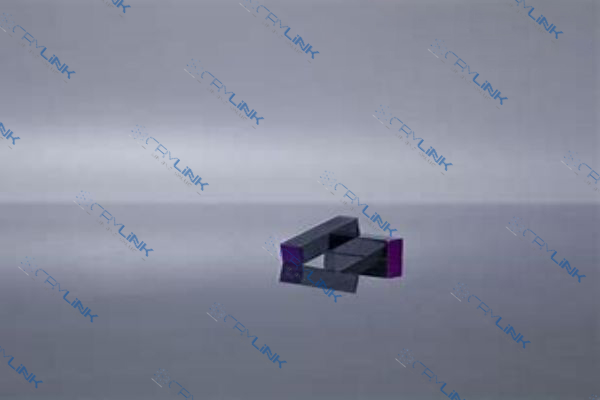
Applications of ZGP and Other Nonlinear Crystals
Applications of ZGP Crystals
The unique properties of ZGP crystals make them highly suitable for a variety of applications in the photonics and laser technology sectors. Their broad transparency range, high nonlinear optical coefficient, and impressive thermal conductivity have positioned ZGP crystals as the preferred choice for mid-infrared frequency generation. They are often utilized in optical parametric oscillators (OPOs) and difference-frequency generators (DFGs) for the generation of mid-infrared radiation. Additionally, due to their high laser damage threshold, ZGP crystals are also employed in high-power mid-infrared applications.
Applications of Other Nonlinear Crystals
Other nonlinear crystals, such as KTP, LBO, BBO, and KDP, are also widely used in photonics and laser technology. KTP crystals, renowned for their high nonlinear optical coefficient, are often used for frequency doubling of Nd:YAG lasers. LBO crystals, on the other hand, are known for their high damage threshold and are typically utilized for frequency tripling and quadrupling of Nd:YAG and other lasers.
BBO crystals, distinguished by their wide phase-matching range and high damage threshold, are employed in frequency doubling, tripling, and mixing applications. Lastly, KDP crystals, with their high electro-optic coefficient and large Debye temperature, are preferred for electro-optic modulation and Q-switching applications.
Selecting the Appropriate Nonlinear Crystal
The decision to use ZGP or another type of nonlinear crystal ultimately depends on the specific application. For mid-infrared applications, ZGP crystals are generally the preferred choice. However, for frequency doubling or tripling, KTP or LBO crystals might be more suitable. Similarly, for electro-optic modulation, KDP crystals are often the crystal of choice. It is crucial to consider the specific requirements of the application when selecting the appropriate nonlinear crystal.
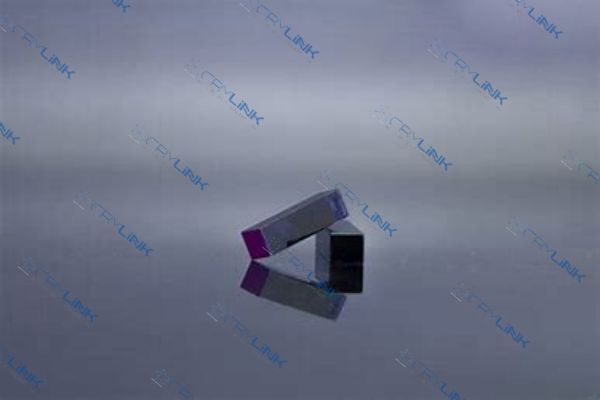
Choosing the Right Nonlinear Crystal
Assessing the Application Needs
Selecting the right nonlinear crystal requires a clear understanding of the application’s specific requirements. This includes the desired wavelength range, power level, temperature conditions, and any other specific technical specifications. For instance, ZGP crystals, with their broad transparency range and high nonlinear coefficient, are ideal for applications involving mid-infrared radiation.
Evaluating the Crystal Properties
Once the application needs are understood, the properties of potential crystals must be evaluated. These properties include the transparency range, nonlinear optical coefficient, laser damage threshold, and thermal conductivity. ZGP crystals, for example, excel in all these aspects, making them a versatile choice for many applications. However, other crystals might be more suitable depending on the specific requirements of the application.
Considering Operational Conditions
The operational conditions under which the crystal will be used should also be considered. These conditions can include the ambient temperature, humidity, and pressure, which can influence the performance of the crystal. For instance, ZGP crystals, with their high thermal conductivity, can effectively dissipate heat and maintain performance under high-power conditions.
Consulting with Experts
In many cases, consulting with photonics and laser technology experts can provide valuable insights into the selection of the right nonlinear crystal. These experts can provide detailed advice based on their experience and expertise, helping to ensure the most effective and efficient choice of crystal for the application at hand.
Ultimately, choosing the right nonlinear crystal involves a careful consideration of the application requirements, crystal properties, operational conditions, and expert advice. While ZGP crystals offer an impressive combination of properties that make them suitable for a wide range of applications, the final decision should always be guided by the specific needs of the application.
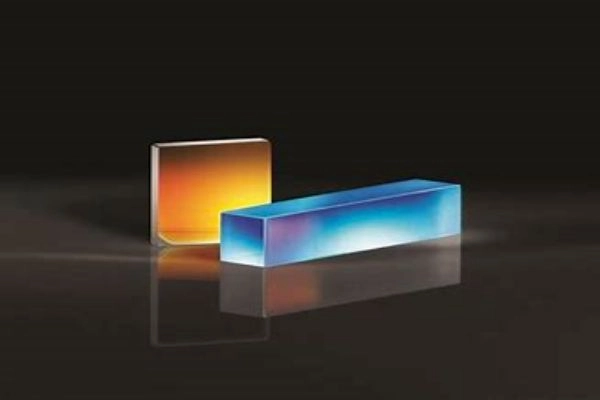
Conclusion
In conclusion, ZGP crystals, with their unique properties, stand tall among other nonlinear crystals. They offer a compelling combination of broad transparency range, high laser damage threshold, and significant nonlinear optical coefficient. However, the ultimate decision between ZGP and other nonlinear crystals depends on the specific application and operating conditions. By understanding these key differences and similarities, you can make an informed decision for your photonics and laser technology needs.
Frequently Asked Questions
- 1. What are ZGP crystals?
- ZGP crystals are nonlinear optical crystals known for their broad transparency range and high nonlinear coefficient. They are commonly used in mid-infrared applications.
- 2. How do ZGP crystals compare to other nonlinear crystals?
- ZGP crystals have a broader transparency range, higher laser damage threshold, and higher nonlinear optical coefficient compared to many other nonlinear crystals. However, the choice between ZGP and other nonlinear crystals depends on the specific application.
- 3. What are the applications of ZGP crystals?
- ZGP crystals are used in mid-infrared frequency generation, frequency mixing, OPO, and DFG applications.
- 4. What are some other commonly used nonlinear crystals?
- Other commonly used nonlinear crystals include KTP, LBO, BBO, and KDP crystals. Each of these crystals has unique properties and applications.
- 5. How do I choose the right nonlinear crystal?
- The choice of nonlinear crystal depends on the application. Factors to consider include the transparency range, nonlinear optical coefficient, and laser damage threshold.

Frank
Frank graduated from the University of Shanghai for Science and Technology, majoring in optics. As a technical engineer at Crylink Company, he deeply understands crystal materials and laser components.
Related Video(s) with this Article
Related Product(s) with this Article
Related Application(s) with this Article
